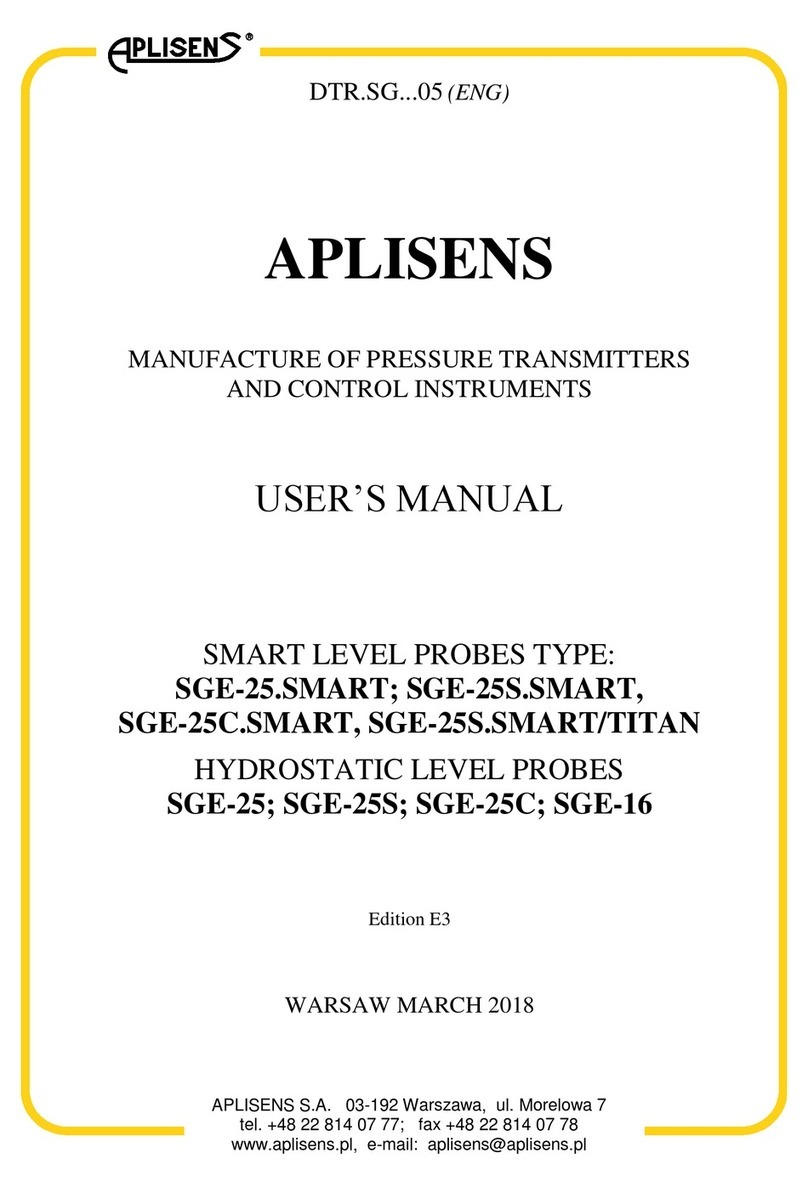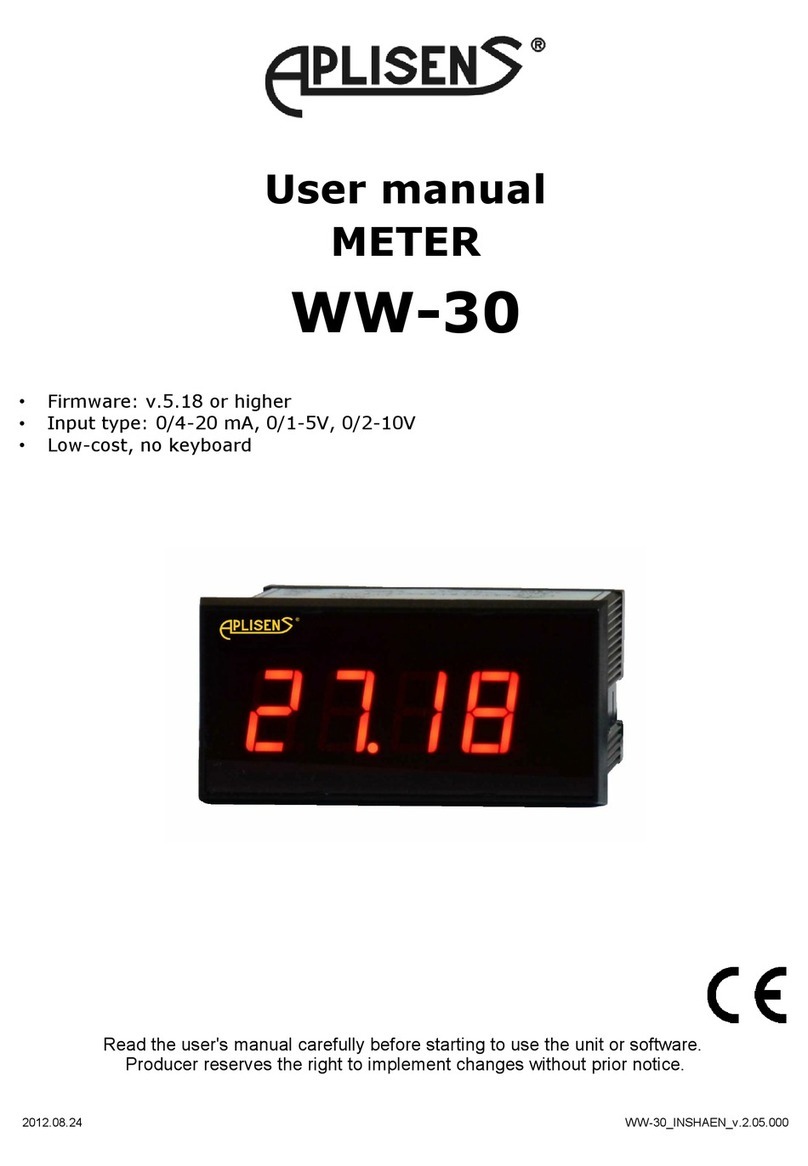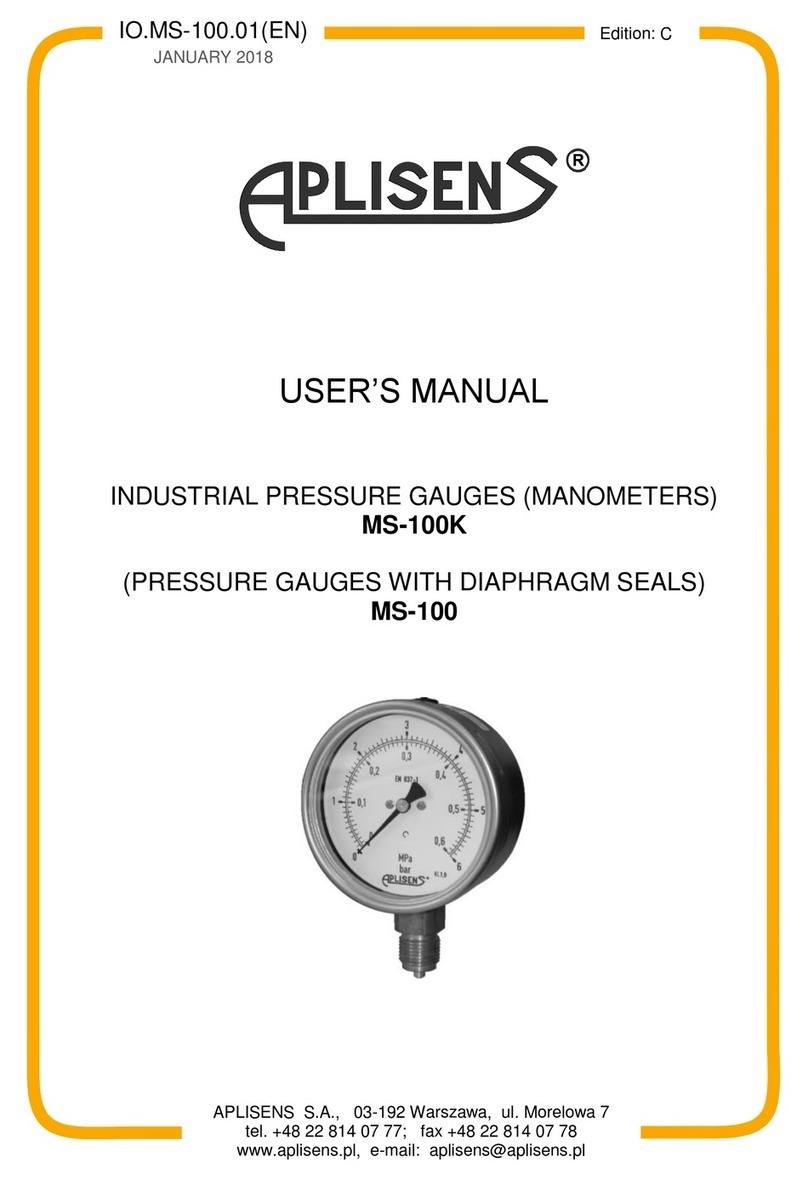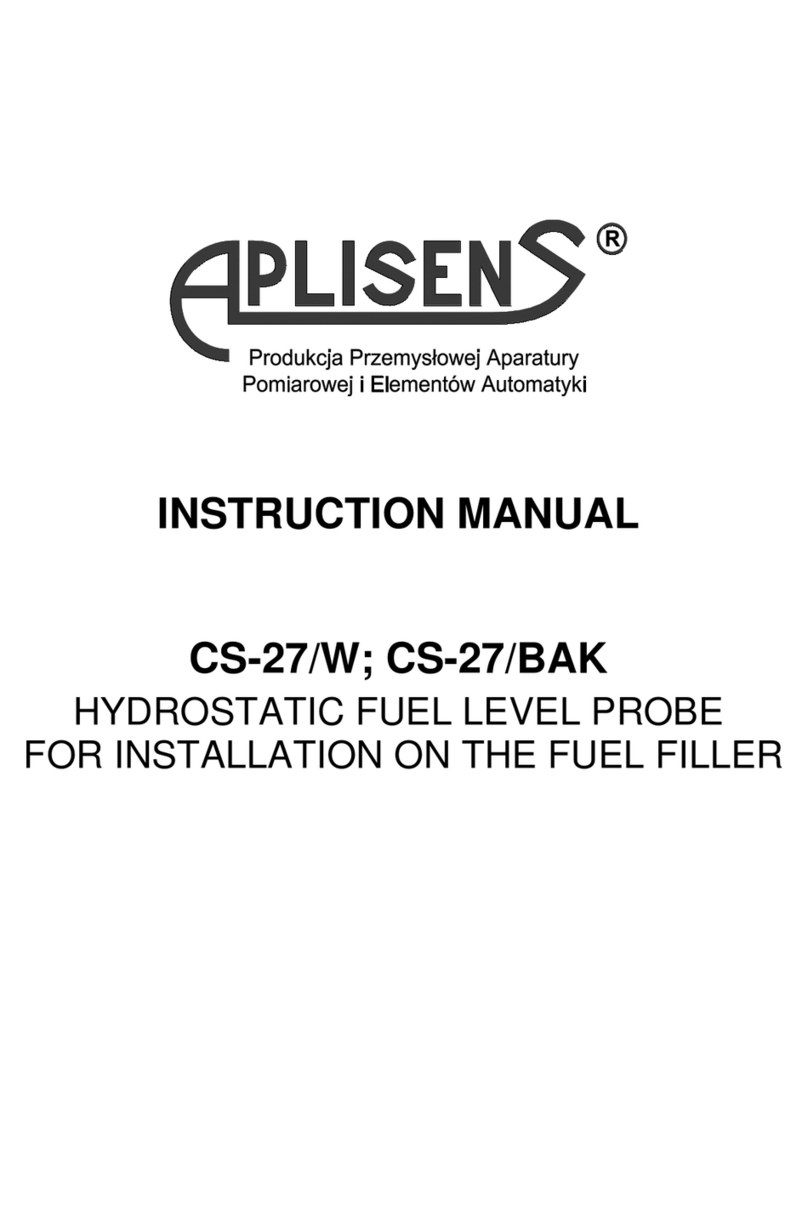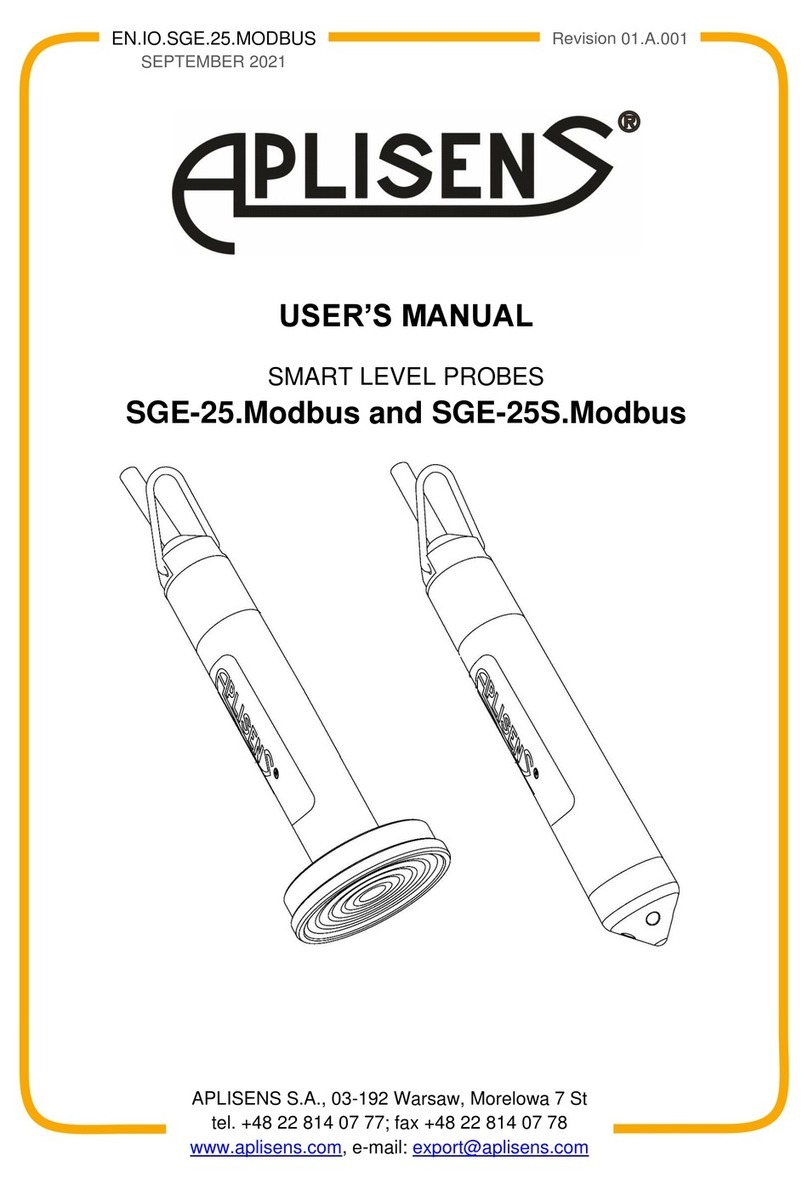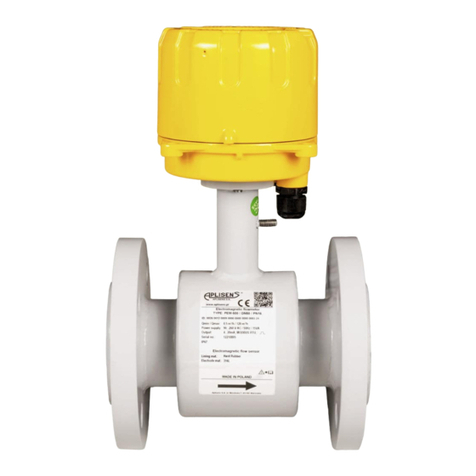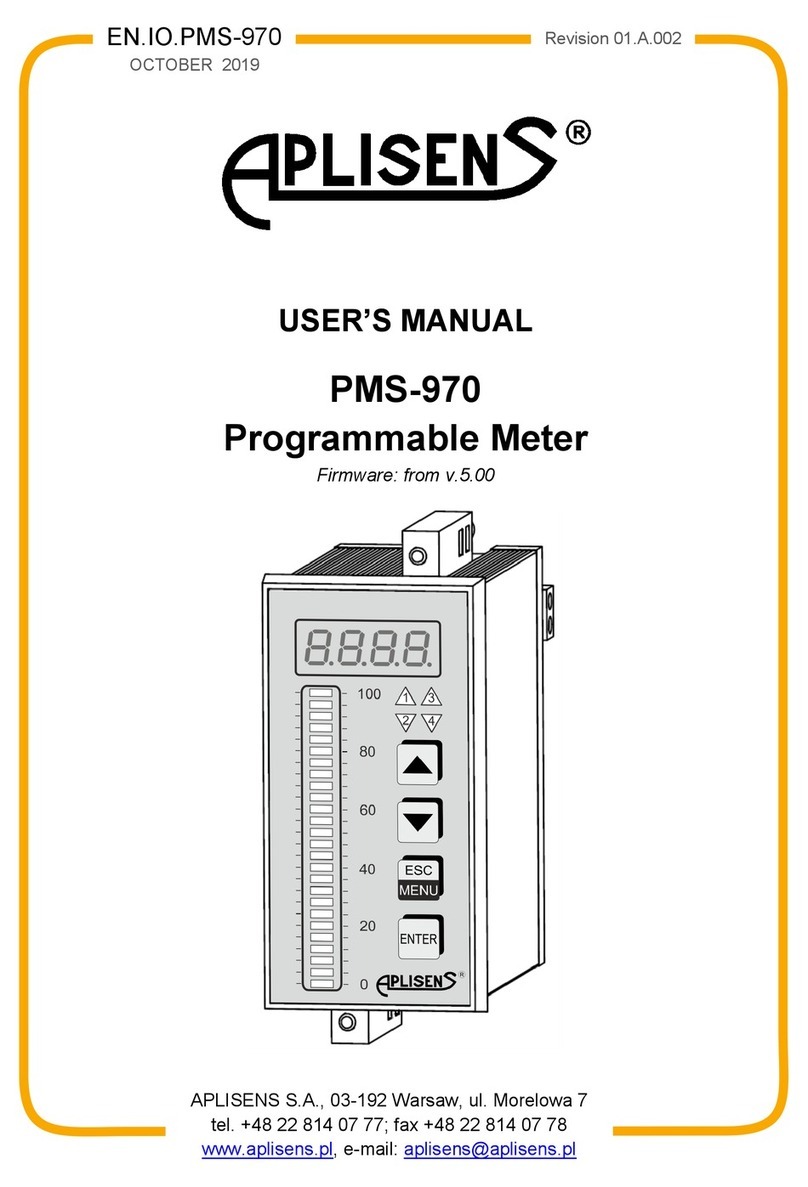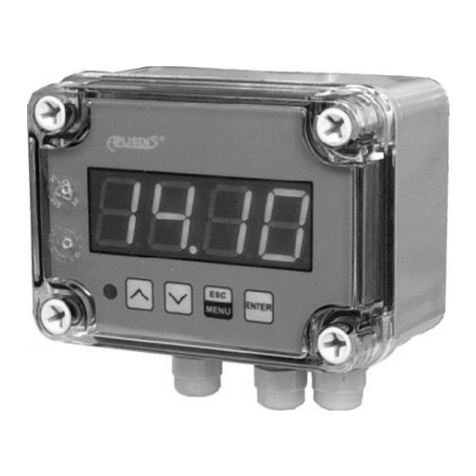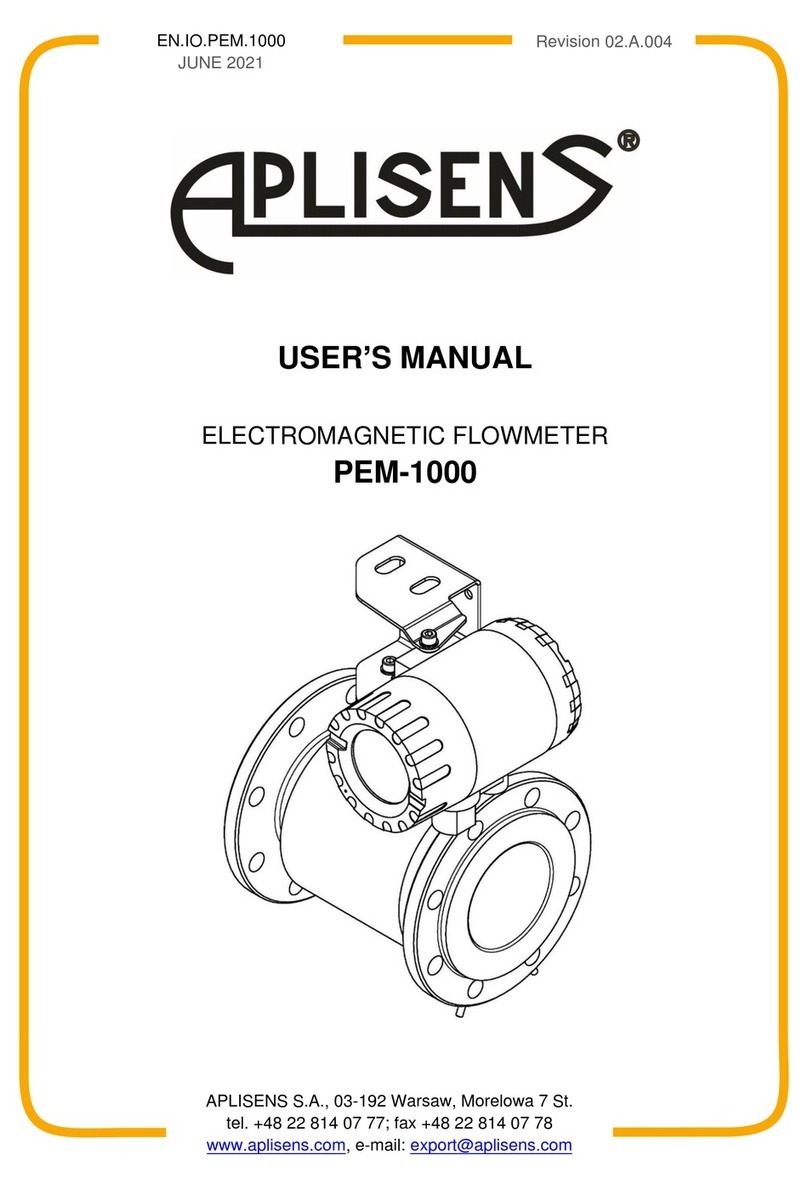Revision 01.A.001/2021.09 5
TABLE OF CONTENTS
1. INTRODUCTION ......................................................................................... 6
1.1. Purpose of the document.......................................................................................................6
2. SAFETY ...................................................................................................... 6
3. TRANSPORT AND STORAGE ................................................................... 7
3.1. Delivery check .......................................................................................................................7
3.2. Transport...............................................................................................................................7
3.3. Storage and use ....................................................................................................................7
4. GUARANTEE.............................................................................................. 7
5. IDENTIFICATION........................................................................................ 8
5.1. Manufacturer address............................................................................................................8
5.2. Probe Identification................................................................................................................8
5.3. CE mark, declaration of conformity........................................................................................8
6. INSTALLATION .......................................................................................... 9
6.1. General recommendation ......................................................................................................9
7. ELECTRICAL CONNECTION ................................................................... 10
7.1. Cable connection.................................................................................................................10
7.2. Power supply.......................................................................................................................11
7.2.1. Power supply voltage...................................................................................................11
7.2.2. Resistance load in supply line......................................................................................11
7.2.3. Shielding......................................................................................................................12
7.3. Overvoltage protection.........................................................................................................12
7.4. Final Inspection of cabling ...................................................................................................12
8. MAINTENANCE ........................................................................................ 13
8.1. Periodic inspections.............................................................................................................13
8.1.1. „Zero” check.................................................................................................................13
8.2. Non-periodic inspections......................................................................................................13
8.3. Cleaning/washing ................................................................................................................13
8.3.1. Diaphragm cleaning .....................................................................................................13
8.4. Spare parts..........................................................................................................................13
8.5. Repairs................................................................................................................................13
8.6. Returns................................................................................................................................13
9. SCRAPPING, DISPOSAL ......................................................................... 14
10.HISTORY OF REVISIONS......................................................................... 14
Explosion-proof Device Manual EN.IX.SGE ................................................ 15
LIST OF DRAWINGS
Figure 1. Mounting brackets for probes...............................................................................................9
Figure 2. Probes diaphragm cover for SGE-25C and SGE-25S..........................................................9
Figure 3.Electrical connection of the probe in the standard version. ................................................10
Figure 4. Probe electrical connection in three-wire version, voltage output.......................................10
LIST OF TABLES
Table 1. Symbols appearing on the probe’s nameplate.......................................................................8
Table 2. Permissible power supply voltage. ......................................................................................11
